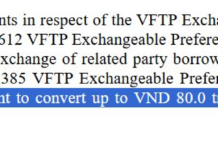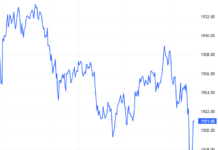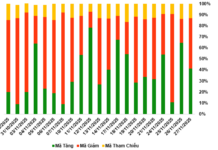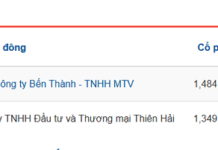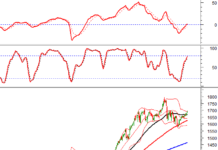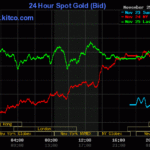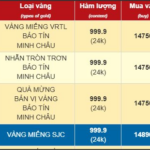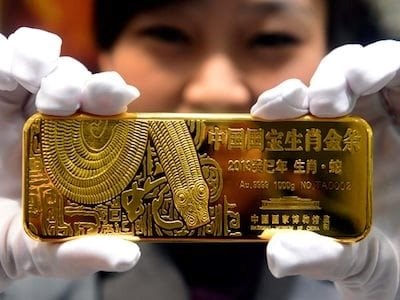
In a recent article by Inma Bonet and Guillermo Abril in a leading Spanish newspaper, the surge in gold prices to record highs has been spotlighted, with China identified as a key, yet understated, driver of this remarkable rally. Experts suggest that China’s role may be even more significant than initially perceived.
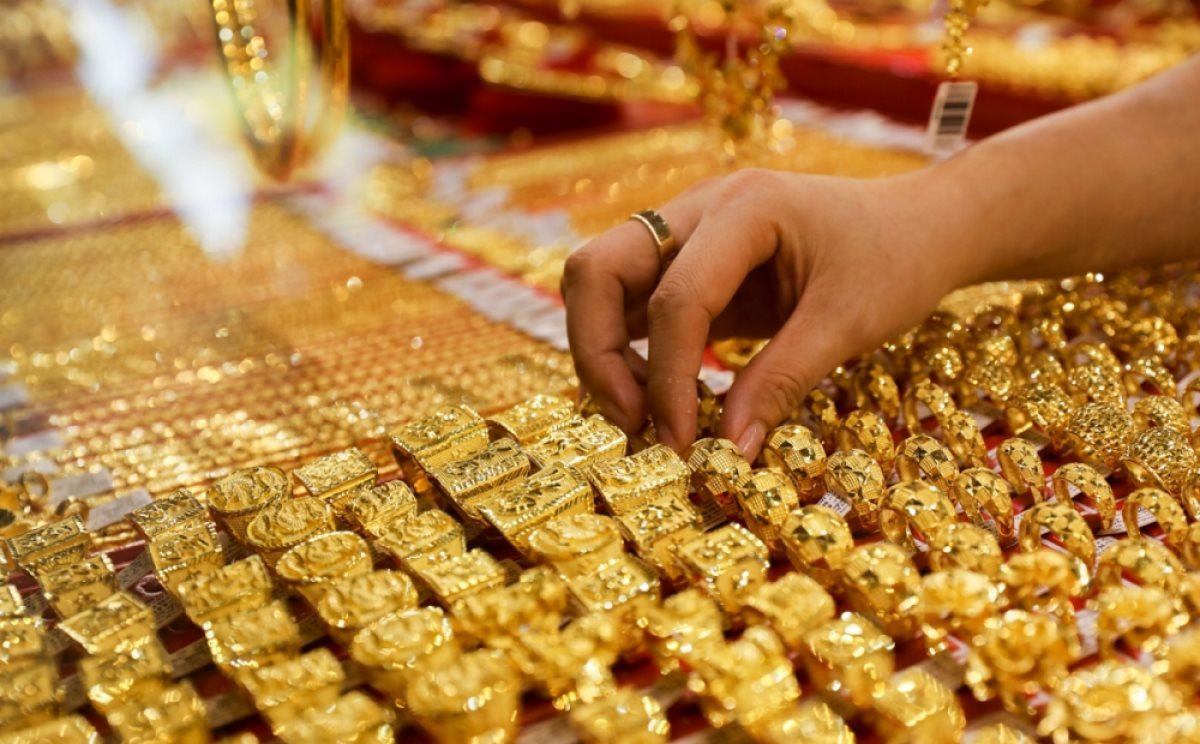
China’s gold purchases are tenfold higher than officially reported.
In 2025, gold prices soared by over 40%, peaking at $4,380 per ounce in October. This surge coincides with central banks globally increasing their reserves of assets considered safe-haven investments.
While gold buying is a global trend, analysts are particularly focused on China. There is a widespread belief that China’s actual gold purchases far exceed official reports. This unreported demand is seen as a critical factor in the most significant gold price rally in decades.
Bonet and Abril highlight discrepancies between independent gold flow reports and official figures from the People’s Bank of China (PBOC). These inconsistencies raise suspicions that a substantial portion of China’s gold acquisitions remains unreported. International investment bank advisors echo this sentiment.
Many of China’s gold transactions go unreported, part of a strategy to safeguard against geopolitical risks and reduce reliance on the U.S. dollar and related assets.

Michael Haigh, head of commodities research at Société Générale, notes that gold accumulation is a strategy to ensure monetary security.
He explains that China’s gold-buying strategy intensified following the Russia-Ukraine conflict, as Russia is a major gold producer. Western governments have since frozen Russian gold, dollars, and other assets held abroad.
Haigh adds that nations wary of sanctions are repatriating their gold. The election of President Trump accelerated this trend, driven by concerns that assets in U.S.-controlled financial systems could be seized.
Société Générale’s analysis of gold bar imports, domestic production, and official reserves suggests China’s actual gold purchases could be ten times higher than PBOC data, totaling 250 tons instead of 25 tons. Their findings are based on U.K. gold export data, a reliable indicator of physical flows, showing China added over 1,080 tons to reserves since mid-2022.
Bonet and Abril emphasize that this is not a one-off purchase but a steady, sustained accumulation. China buys an average of 33 tons monthly, a pace that avoids destabilizing the market, which is sensitive to large transactions.
Official PBOC data shows China has purchased gold for 12 consecutive months, holding 2,304 tons by October, comprising 8% of its foreign reserves. This places China as the world’s sixth-largest gold holder.
Bruce Ikemizu, Director of the Japan Bullion Market Association (JBMA), told El Pais that China’s actual holdings are likely around 5,000 tons. If true, this would rank China second globally, behind only the U.S. with 8,133 tons. Ikemizu notes PBOC has reduced dollar reserves while increasing gold purchases, reflecting a shift away from USD dependence.
Adrian Ash, research director at London-based BullionVault, remarks, “It’s surprising China continues reporting gold purchases despite record prices. However, determining the actual quantity remains impossible.”
Ash points out periods when China did not report reserve changes, contrasting with current consistent reporting, even for small amounts.
Analysts stress this is not a bubble. Société Générale predicts gold will surpass $5,000 per ounce in a “long-term, sustainable rally.”
PBOC and other central banks are cautious to avoid overheating the market and driving prices higher.
Source: Kitco News
Mastering the Gold Market: Beyond the ‘Tighten and Control’ Mindset
Leading economist Le Xuan Nghia warns that restrictive gold import policies force consumers to resort to illegal, substandard gold purchases. Effective market regulation requires balancing control with consumer rights, moving beyond a “tighten the grip” mentality.











